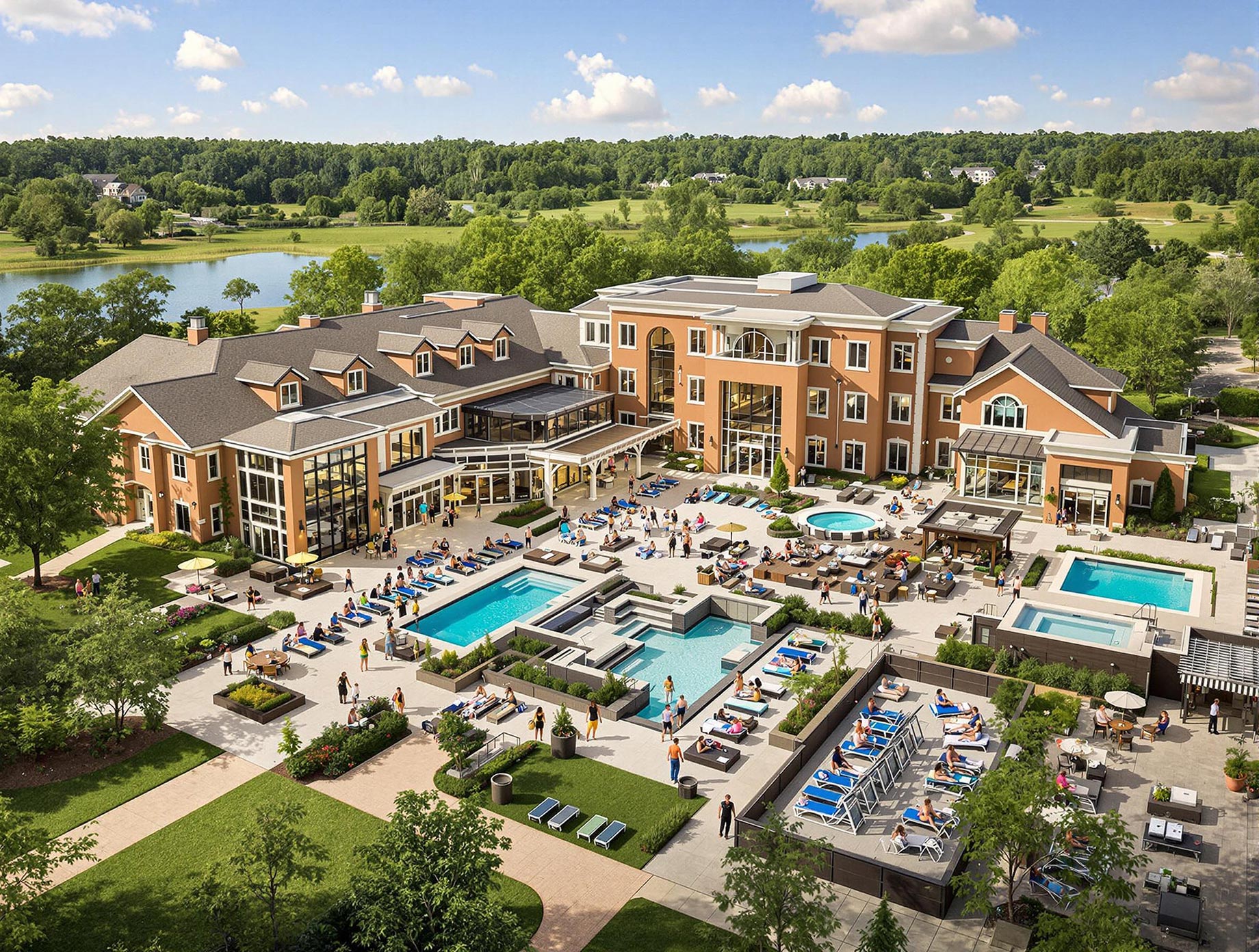
When exploring high-end assisted living facilities, it’s essential to look beyond initial impressions. Luxury senior living communities distinguish themselves through upscale amenities such as gourmet dining, advanced fitness centers, and relaxing spa facilities. Costs vary significantly depending on the type of residence, required medical services, and included amenities. Location also plays a critical role, factoring in proximity to family, recreational opportunities, and climate preferences.
Many contemporary communities now offer resort-style features, helping residents enjoy active, fulfilling retirements. Engaging social activities are crucial for combating loneliness and enhancing life quality. Before choosing a facility, important questions should be addressed to ensure it is financially sound and reputable.
Amenities Offered: Luxury communities provide multiple dining venues including formal dining rooms, casual cafés, and private dining areas. Meals, often crafted by professional chefs, feature fresh, seasonal ingredients. Fitness amenities typically include modern gyms, indoor/outdoor pools, specialized classes, and spa services like massage therapy and facials. Social and cultural spaces usually consist of libraries, theaters, art studios, game rooms, and scenic outdoor areas.
Enhancing Daily Life: These premium amenities support residents’ independence, physical health, and social interactions, significantly enhancing their daily lives.
Essential Questions About Amenities:
- What specific amenities are included in monthly fees versus additional costs?
- What are the operating hours for amenities?
- Is on-site staffing provided for amenities like pools or gyms?
- Can residents influence activity planning?
Personalized Care Services: Customized care is central in luxury communities. They typically offer multiple care levels, ranging from basic supervision to comprehensive support, based on regular assessments evaluating physical and cognitive abilities, emotional needs, and preferences.
Important Care Considerations:
- Staff-to-resident ratio and availability of registered nurses and medical professionals.
- Frequency and thoroughness of resident assessments and care plan adjustments.
Dining Options: Gourmet dining is standard, with venues suited for casual and formal occasions, including private dining and bars. Communities often accommodate special diets—diabetic-friendly, gluten-free, vegetarian—and emphasize fresh, locally sourced ingredients. Flexible meal plans and extended room service hours cater to diverse preferences.
Wellness and Fitness Programs: Comprehensive wellness programs go beyond basic exercise to include fitness centers, personalized coaching, and diverse classes (yoga, tai chi, Pilates). Outdoor activities like gardening and walking trails enhance physical health and mental well-being.
Quality Living Accommodations: Residences are thoughtfully designed as luxury apartments, featuring spacious layouts, modern appliances, accessible designs, privacy features, and opportunities for personalization, promoting comfort and independence.
Social Engagement: Facilities actively encourage social connections through diverse events, clubs, intergenerational activities, volunteer opportunities, and communal spaces designed for spontaneous interactions.
Entertainment and Activities: Cultural enrichment activities such as art workshops, educational lectures, movie screenings, and concerts are regularly scheduled. Outings to cultural venues foster intellectual stimulation and community bonding.
Cost and Included Services: Monthly fees range significantly ($4,000–$12,000+), influenced by residence type, location, and care needs. It’s vital to clarify included services and identify potential extra costs upfront.
Reputation and Accreditation: Evaluate facilities through resident testimonials, licensing credentials, accreditations like CARF International or the Joint Commission, and industry awards, providing a comprehensive view of their quality and reliability.
Location Factors: Location should factor in proximity to family, healthcare facilities, neighborhood safety, walkability, climate, and accessibility to local attractions, significantly affecting residents’ overall happiness and convenience.
Careful evaluation, considering these detailed criteria, ensures selecting an assisted living facility that aligns with personal standards for comfort, care quality, and overall lifestyle satisfaction. Ultimately, choosing the right high-end assisted living facility can profoundly enhance one’s retirement years, offering both peace of mind and an enriched quality of life.